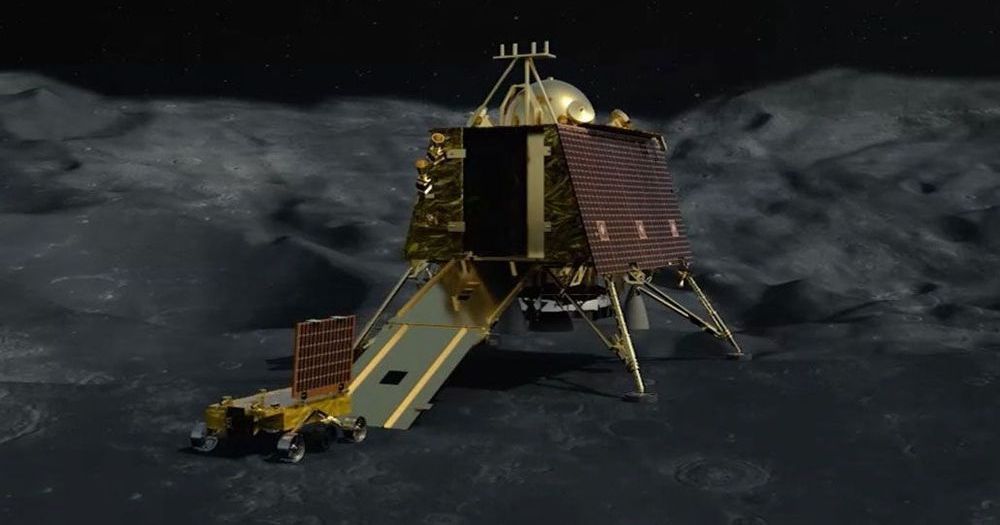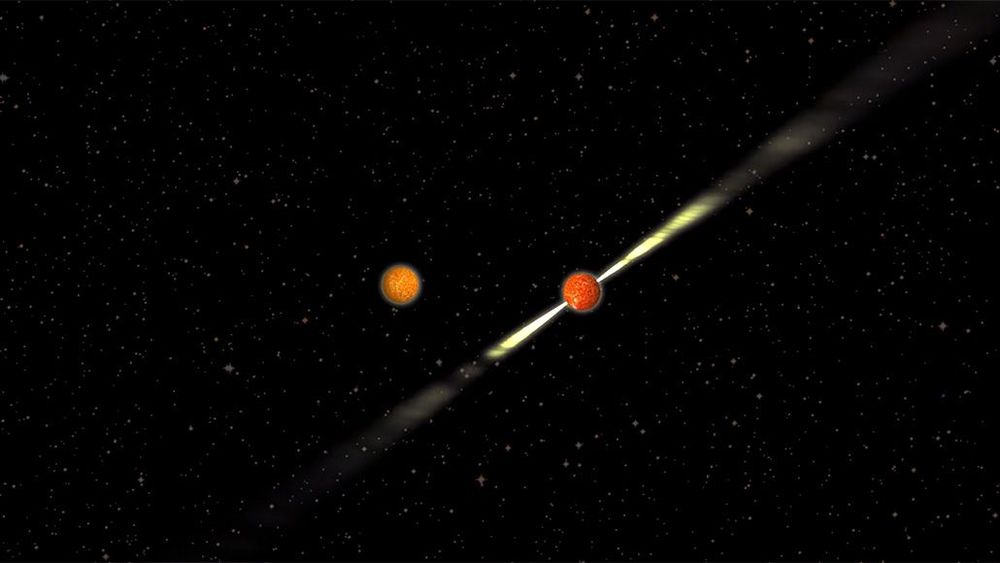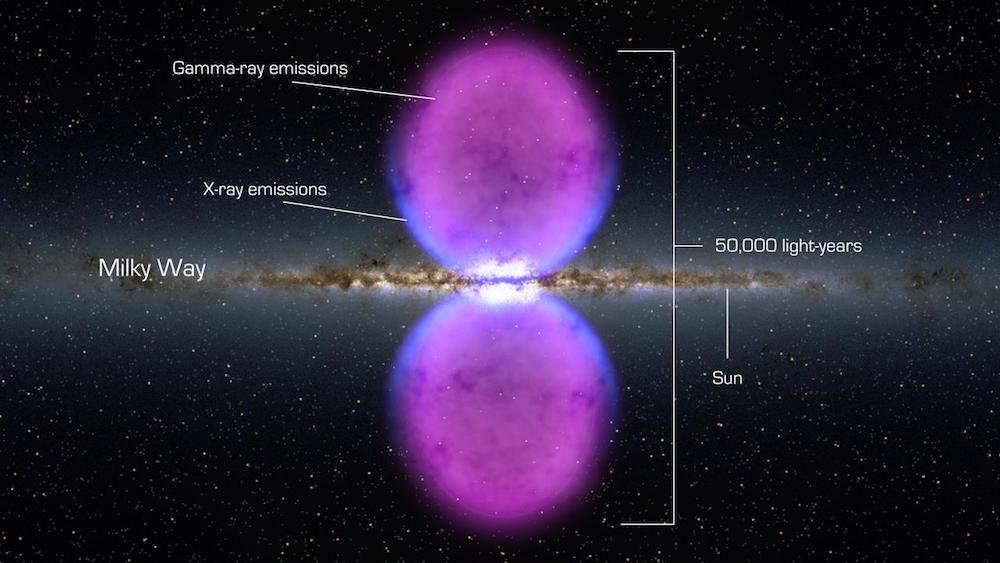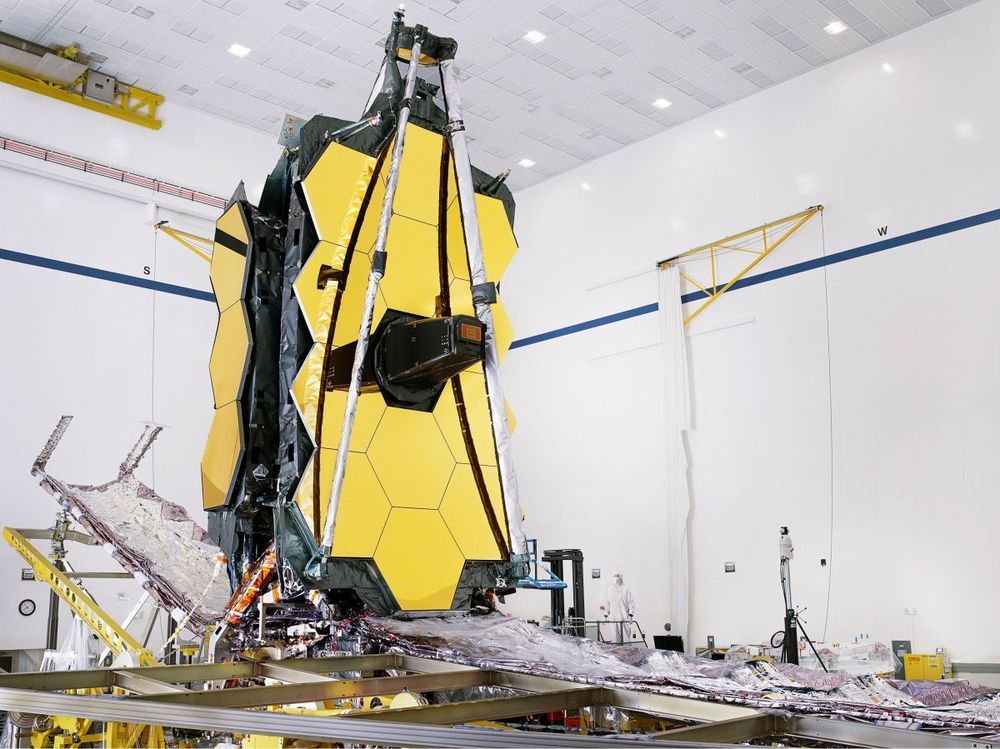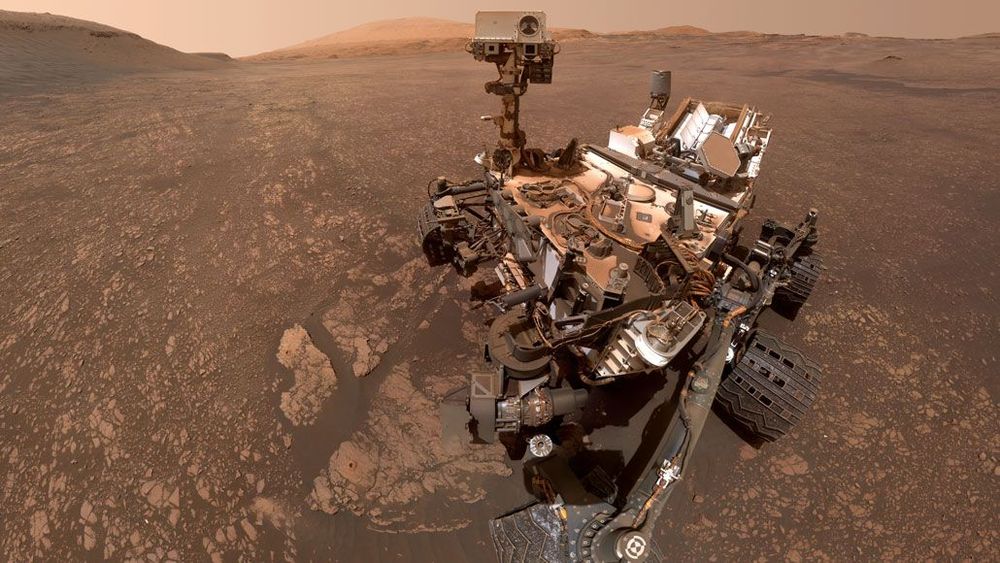China plans to launch an artificial moon to light up the night skies and save electricity. What would be the consequences?
Category: space – Page 868
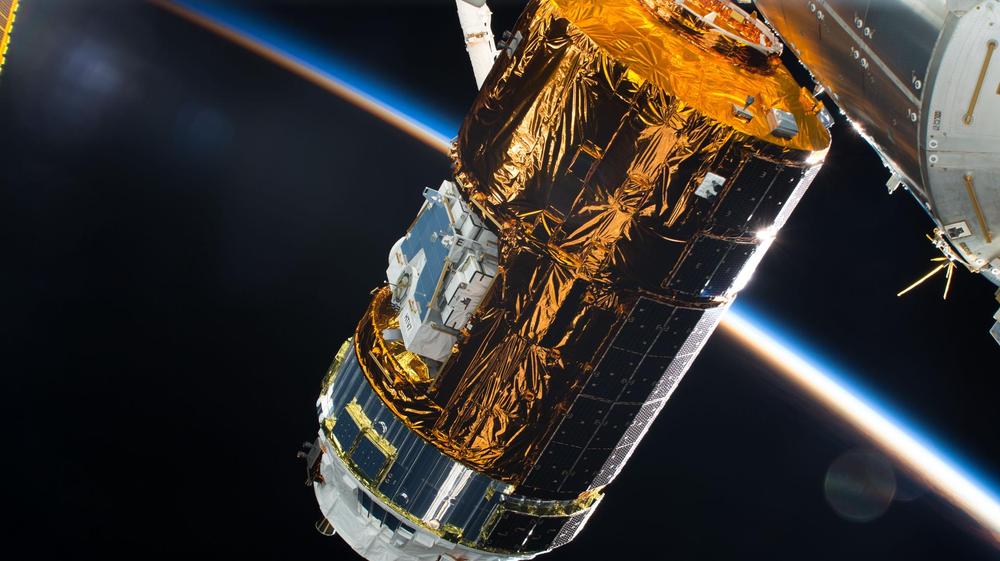
NASA Television to Air Launch, Capture of Cargo Ship to Space Station
A Japanese cargo spacecraft loaded with more than four tons of supplies, spare parts and experiment hardware is scheduled to launch from the Tanegashima Space Center in southern Japan to the International Space Station at 5:33 p.m. EDT Tuesday, Sept. 10 (6:33 a.m. Sept. 11 in Japan). Live coverage of the launch and capture will air on NASA Television and the agency’s website.
The Japan Aerospace Exploration Agency (JAXA) unpiloted H-II Transport Vehicle-8 (HTV-8) will launch on a Japanese H-IIB rocket on the tenth anniversary of the first HTV cargo spacecraft launch. Live coverage will begin at 5 p.m.
The spacecraft will arrive at the station Saturday, Sept. 14. Live coverage of the spacecraft rendezvous and capture will begin at 5:30 a.m. Expedition 60 Flight Engineer Christina Koch of NASA, backed up by her NASA crewmate Andrew Morgan, will operate the station’s Canadarm2 robotic arm from the station’s cupola to capture the 12-ton spacecraft as it approaches from below. Robotics flight controllers will then take over the operation of the arm to install HTV-8 to the Earth-facing port of the Harmony module where it will spend a month attached. Flight Engineer Luca Parmitano of ESA (European Space Agency) will monitor HTV-8 systems during its approach to the station.

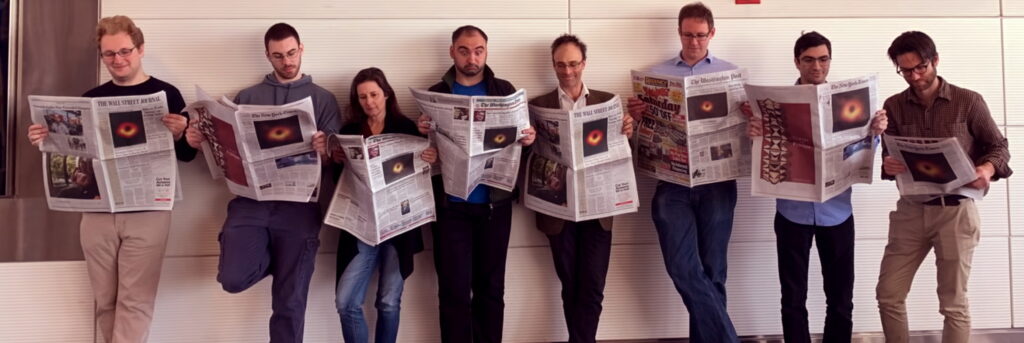
Stunning 1st image of Black Hole
Yesterday (Sep 5, 2019), the Breakthrough Prize Foundation awarded $21.6 million US dollars to the scientists behind a stunning achievement. They imaged a black hole. Although the image was announced and released 5 months ago, the story is still unfolding.
Yesterday (Sep 5, 2019), the Breakthrough Prize Foundation awarded $21.6 million US dollars to the scientists behind a stunning achievement. They imaged a black hole. Although the image was announced and released 5 months ago, the story is still unfolding.
The Breakthrough Prize is funded by Russian-Israeli billionaire Yuri Milner. It is the highest-paying science prize for researchers in life science, math, and physics.
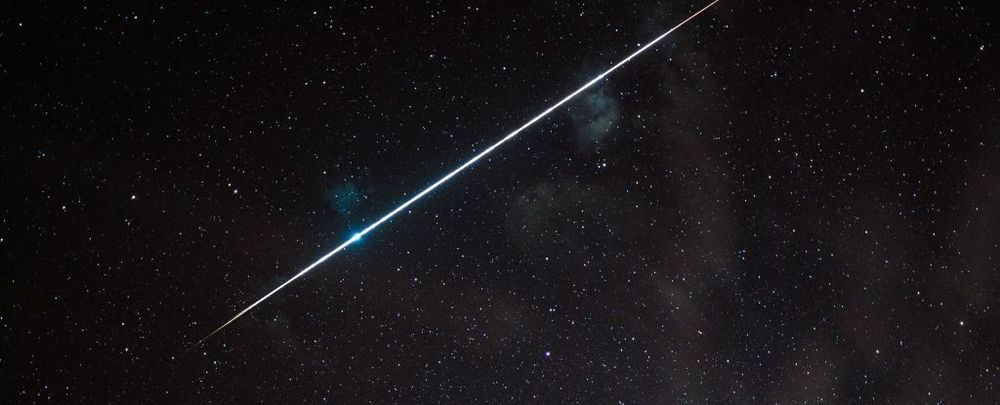
A Siberian Meteorite Revealed a New Mineral We’ve Never Seen Before on Earth
Circa 2018
When gold hunters in Russia collected the yellowish stone in 2016, they thought it might contain a precious metal. It didn’t — but what it did contain was far more rare and valuable.
The rock had come from space, and it contained a new, never-before-seen mineral.
It has yet to be officially documented, but scientists have named it uakitite, after the Uakit region in Siberia where the meteorite fell.
